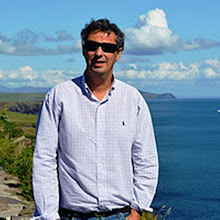Ambalangoda famous for anicent devil masks and devil dancers also there have attractive beach Therefore more tourists visit Ambalangoda to spend there holly days .Weather condition are warm and sunny.Population
around 74,000.Situated in side Galle District.
This is small city near to galle in Srilanka.Located around 75 km from Colombo and located conveniently colombo-Galle main road.This city that was severely affected by Tsunami in 2004.Ambalangoda city still not developed like hikkaduwa or Benthota.These area have world famous hotels and restaurants.












